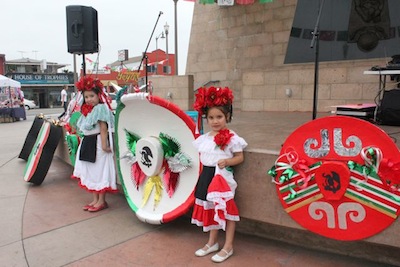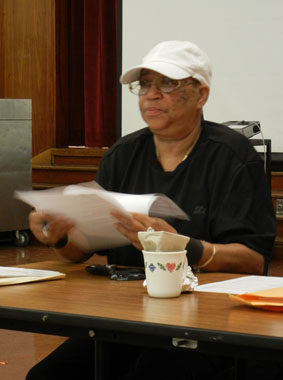Listen to an audio story by Annenberg Radio News
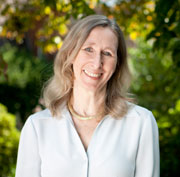 Marie-Therese Connolly talks with host Tiffany Marie Brannon about the millions of elderly citizens that are abused on a daily basis all over the nation. With baby boomers aging, the numbers of abused will only get worse unless something is done. One of the main forces behind the Elder Justice Act, founder and director of the Life Long Justice organization and director of the Department of Justice Elder Justice and Nursing Home Initiative, Connolly shares her insights into a broken geriatric-care system, care-giver abuse and how our society’s obsession with youth has made us blind to the state of the aging.
Marie-Therese Connolly talks with host Tiffany Marie Brannon about the millions of elderly citizens that are abused on a daily basis all over the nation. With baby boomers aging, the numbers of abused will only get worse unless something is done. One of the main forces behind the Elder Justice Act, founder and director of the Life Long Justice organization and director of the Department of Justice Elder Justice and Nursing Home Initiative, Connolly shares her insights into a broken geriatric-care system, care-giver abuse and how our society’s obsession with youth has made us blind to the state of the aging.










 The plan, which seeks to help women overcome the barriers to the diagnosis and treatment of STDs, revolves around an expansion of the county’s “I Know” home STD testing program. The county is emphasizing the technology behind the “I Know” campaign—both in the test itself and in the way women can obtain the free testing kits.
The plan, which seeks to help women overcome the barriers to the diagnosis and treatment of STDs, revolves around an expansion of the county’s “I Know” home STD testing program. The county is emphasizing the technology behind the “I Know” campaign—both in the test itself and in the way women can obtain the free testing kits.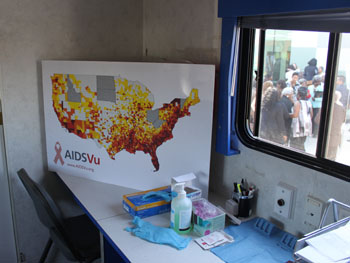
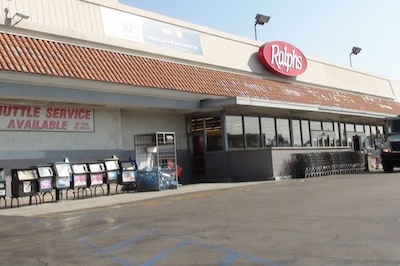
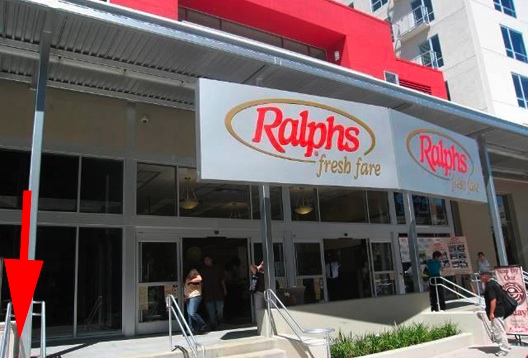


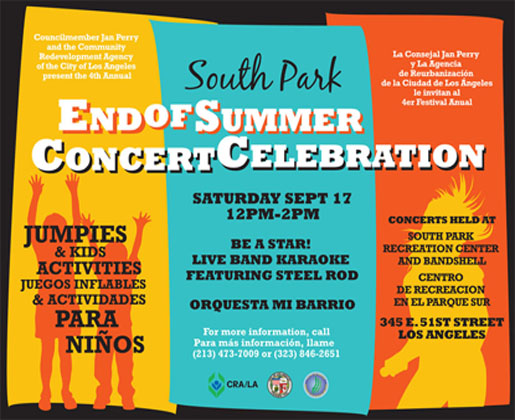
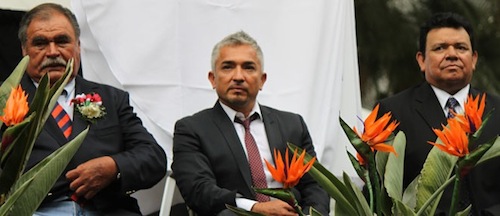
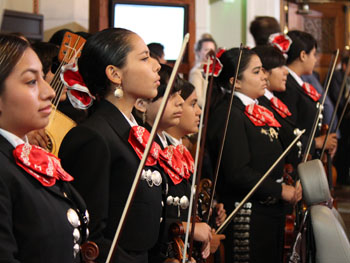
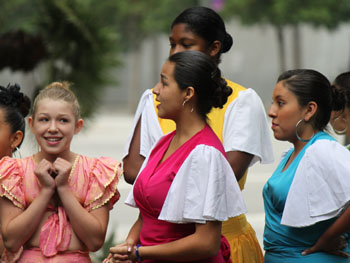
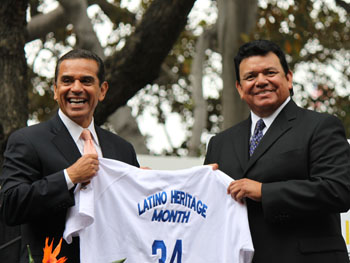 Fernando Valenzuela, who grew up in Sonora, Mexico, joked that giving speeches was not his strong point, but offered his gratitude for the award and remembers thinking that L.A. was a great place to play baseball.
Fernando Valenzuela, who grew up in Sonora, Mexico, joked that giving speeches was not his strong point, but offered his gratitude for the award and remembers thinking that L.A. was a great place to play baseball.
 Today’s Latino Heritage Month event also coincides with the celebration of Mexican Independence Day.
Today’s Latino Heritage Month event also coincides with the celebration of Mexican Independence Day.